Think Big: Public Engagement
Digging into scenario planning and exploring questions about how to field community input
 Sasaki
Sasaki
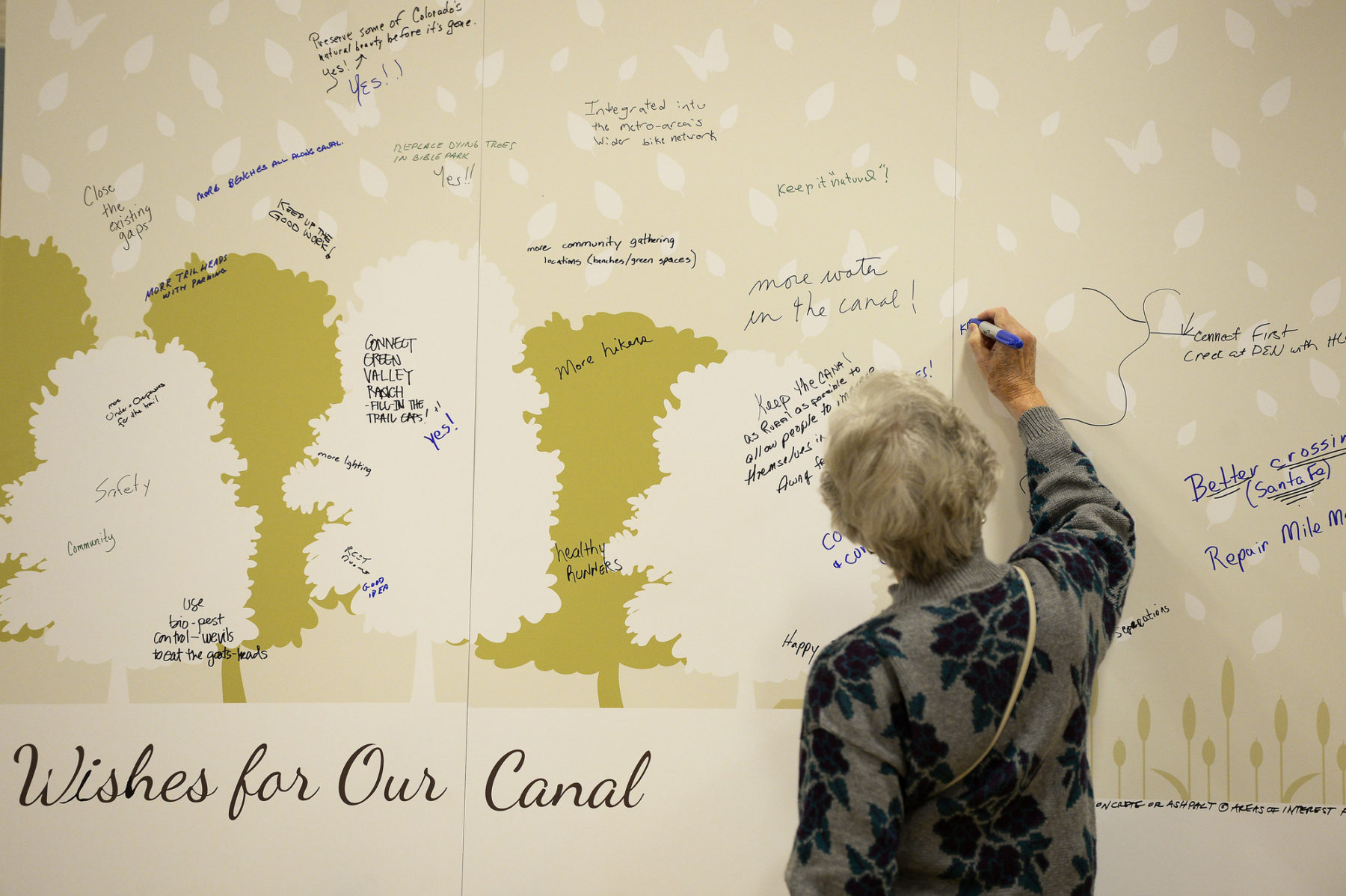
What comes to mind when you hear about a planning process to create a “Vision Plan?” For most people, it does not bring forth feelings of anticipation, excitement, or delight.
Rather, a “Vision Plan” can sound like planning jargon to many community members, bringing to mind boring community meetings. Aspiring to do things differently, we framed the process as writing a “story” when we turned to the community for input on a Vision Plan for Denver’s High Line Canal. This focus on storytelling helped the process feel more approachable, understandable, and exciting (who doesn’t want to take part in a “choose your own adventure” story?), allowing us to set the stage for a different kind of community engagement approach.
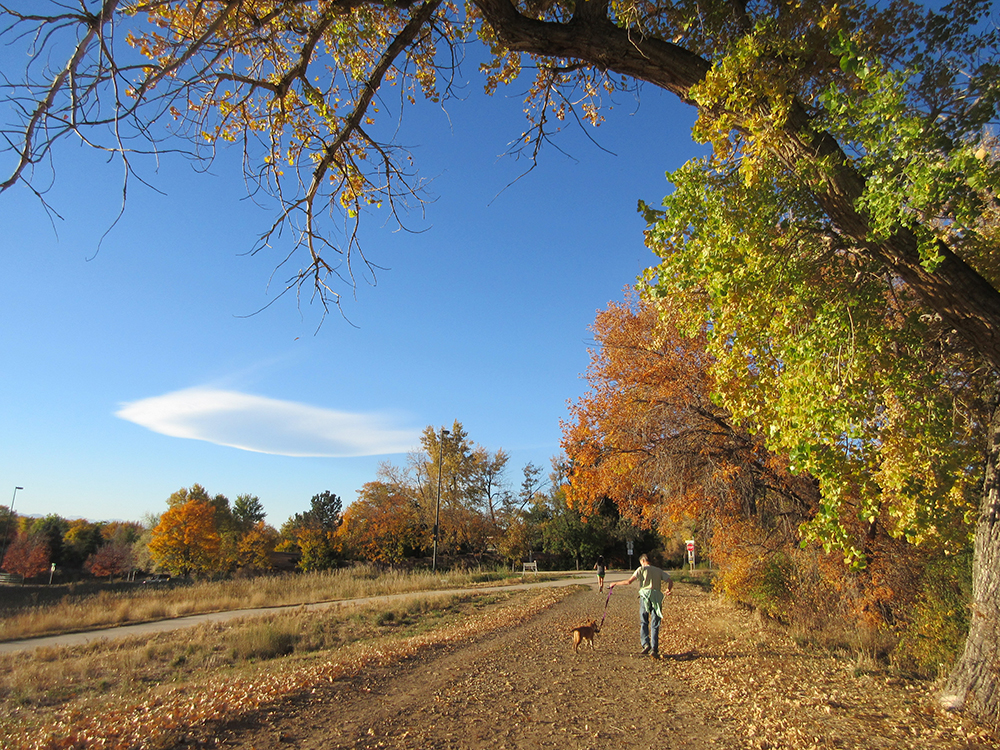
We broke from a traditional process and reframed the major open houses as four chapters in the story. Four series of community open houses, each with three identical community gatherings, took place June through October of 2016. Each series represented an important “chapter” in the mission to chart the Canal’s future over the next century, following the arc of a typical story:
Chapter One – “Our Journey Begins” kicked off the process. At these introductory open-house events, we took a journey together along all 71 miles of the Canal, from the foothills to the plains.
Chapter Two – “A Fork in the Road” explored future opportunities and challenges.
Chapter Three – “Our Story” presented the draft shared vision for the Canal.
Chapter Four – “Looking Ahead” focused on the draft action plan.
These interactive community open houses were one piece of the puzzle. Through community and civic organizations, strategic input sessions, the use of interactive online tools, and by tapping into existing events, the Conservancy embraced an all-encompassing outreach approach to help write the story of the future of the Canal.
Demonstrating the success of a storytelling approach, feedback from community members showed a greater excitement about the process and appreciation for planning. Quotes from participants like, “This was a great experience that opened my mind to the total of the High Line Canal” and “Absolutely fabulous! Entertaining and educational. Thanks much!” show how participating in the process gave residents a greater awareness. One community member who attended the “Chapter 4” Open House excitedly shared how she had read Chapter 1 through 3 on the project website (the online postings of the previous meeting materials) to catch up ahead of her session.
Even the youngest members of the community were able to get involved. Family-friendly events that incorporated elements like coloring book pages for kids to express their hopes for the Canal allowed for an underutilized youth perspective to inform the plan. One conversation with a young girl and her brother went from imaginative dreaming to actionable idea in no time: we asked the children what they wanted to see on the Canal in the future. The girl thought for a minute, then grinned as she exclaimed, “A Zebra!” After a short discussion with her older brother who didn’t think this was realistic for Denver’s environment, they compromised on a petting zoo—with zebras and pigs. While it may take pigs flying for zebras to arrive in a Denver petting zoo, the idea of creating habitats for more local wildlife to thrive was a good, actionable suggestion for the planning team to consider—one which we were glad to see reiterated in the enthusiastic and imaginative input of these children.
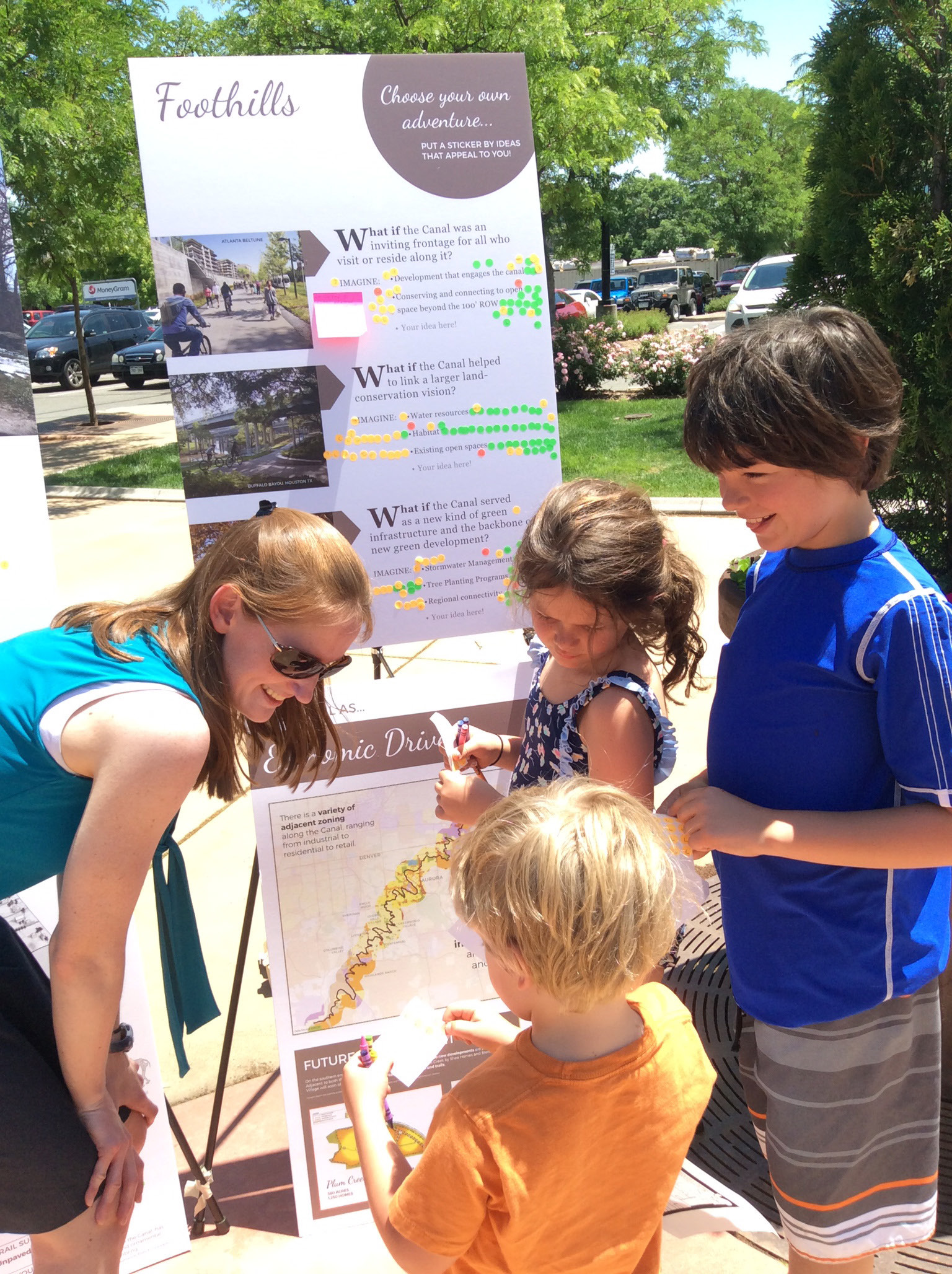
Engaging the next generation: Youth engagement—including all ages in open houses, stand-alone City as Play events, and an educators focus group—contributed to the vision
We heard from participants that the planning process opened their minds to the breadth and diversity of the Canal; most people previously thought of the Canal as a natural area behind their house without realizing it is part of a 71-mile-long greenway meant to convey irrigation water from a source to a destination. The framing of the process as a story helped them think about stewardship of the Canal differently, encouraging them to think holistically about the Canal and to be more open-minded about change. This process helped diverse communities see one another more as neighbors, connected by a shared, treasured resource. In this way, neighbors were able to engage in productive conversation about their concerns, their goals, and what tradeoffs could be made for the greater benefit of all.
Like any good story, this one concluded with a happy ending: for the first time in 134 years of the Canal’s history, all jurisdictions have come together to support a common vision for the Canal’s future. While just the first step, it’s an important move toward protection and enhancement of the Canal as a regional greenway that will endure for generations to come.
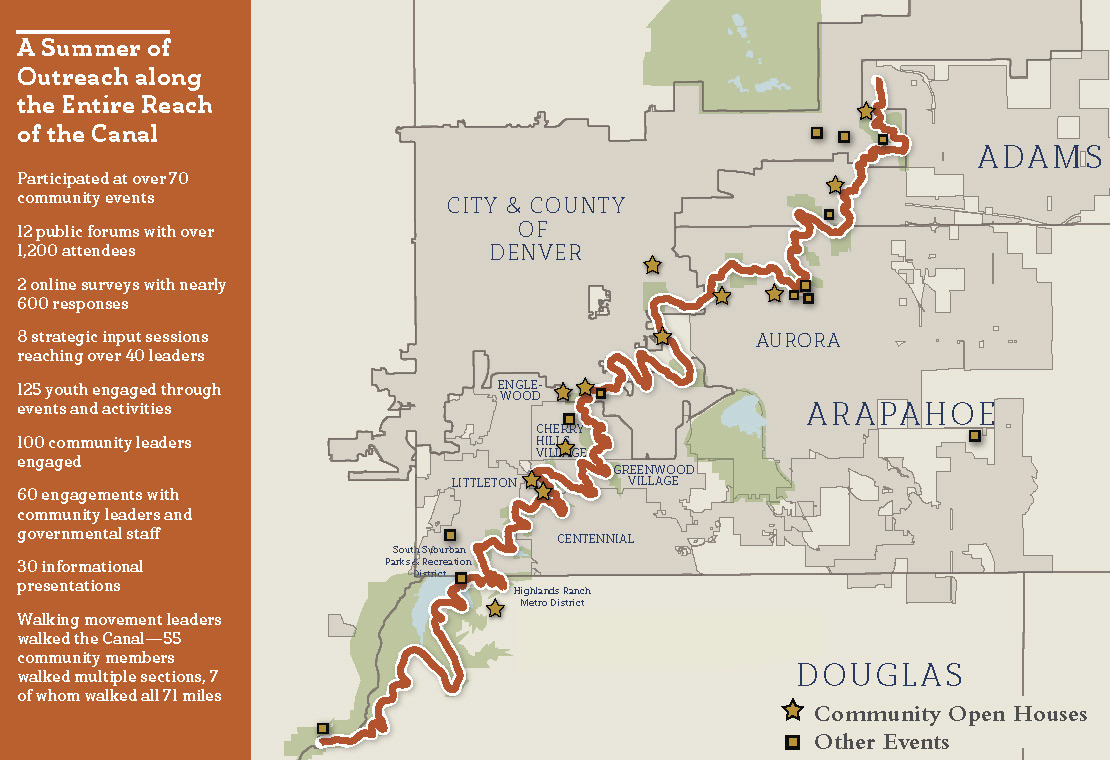
With more than 100 events in total, Adventure on the Canal included a diverse range of tactics to reach the Canal’s diverse communities and stakeholders
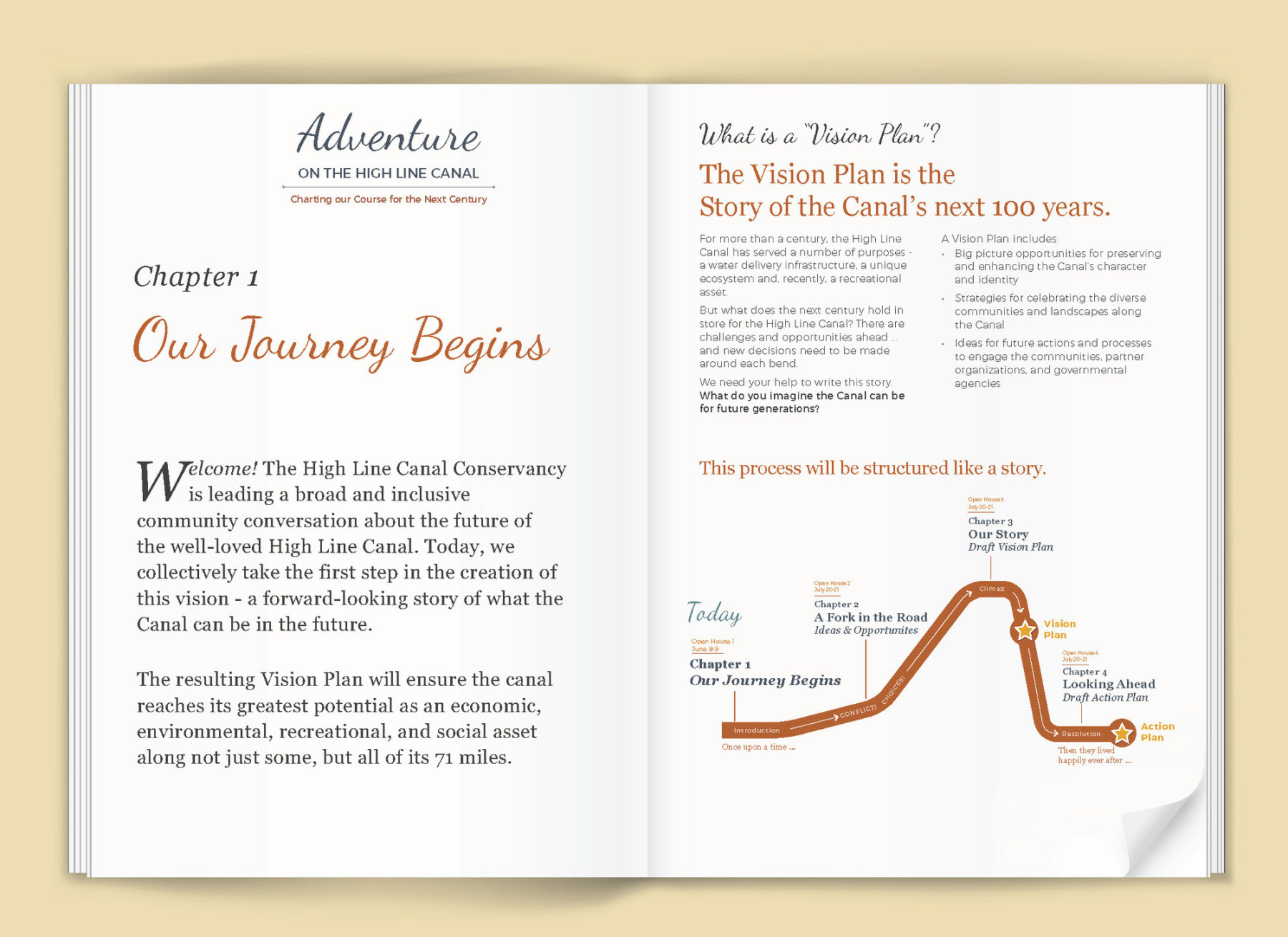
Branding the effort as a story—Adventure on the Canal—created a consistent message and helped the process feel more approachable than typical planning processes
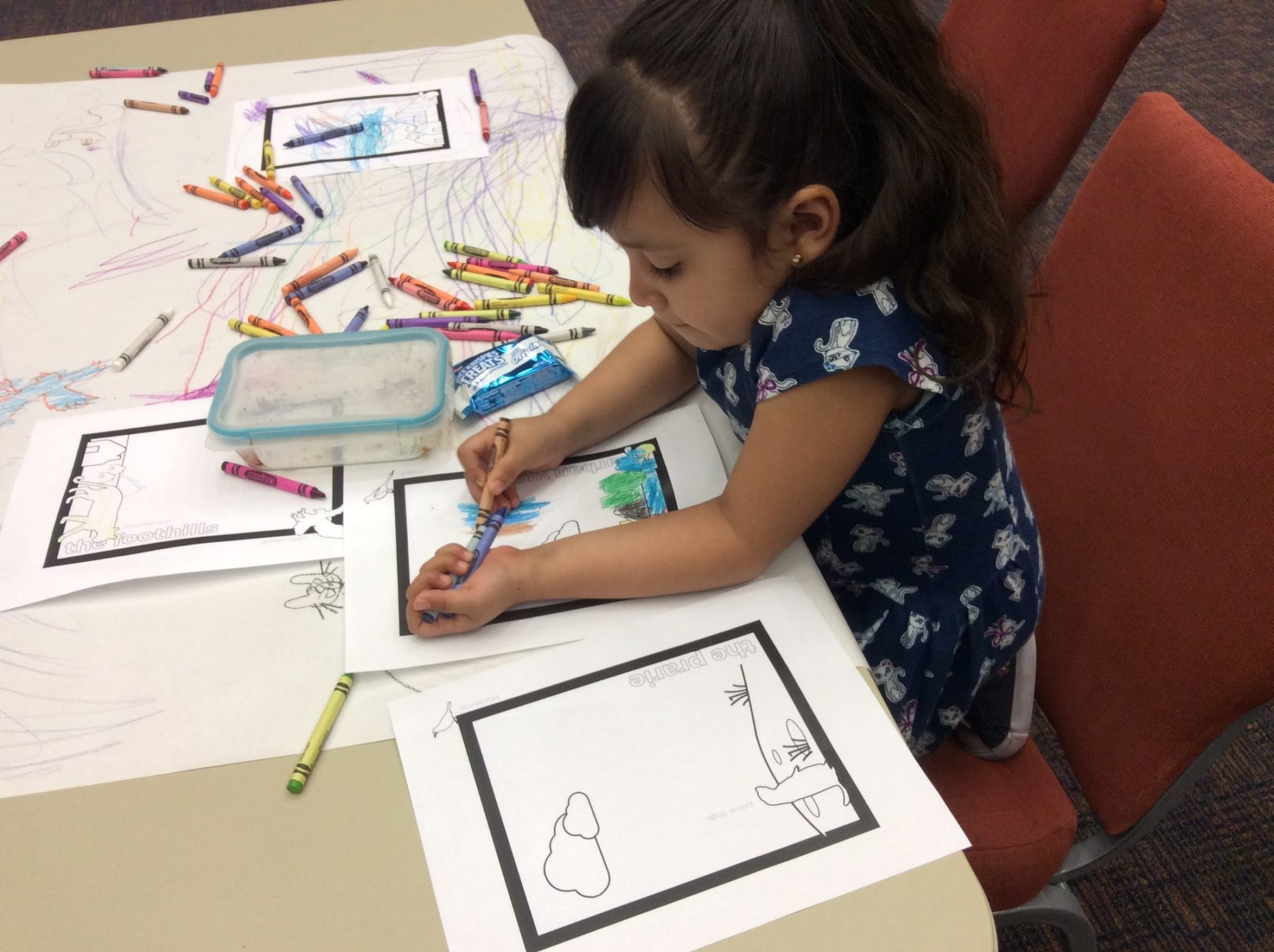
Coloring pages provided a child-friendly version of the open house boards, and let the youngest meeting attendees take their own Canal journey
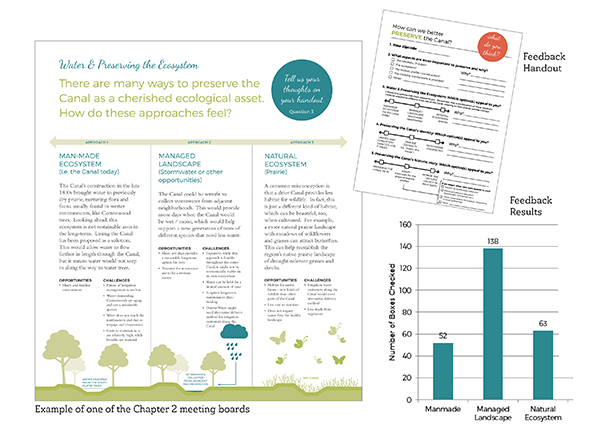
The planning process tackled challenging conversations, including the need to think differently about water today. The process resulted in strong support for exploring stormwater opportunities
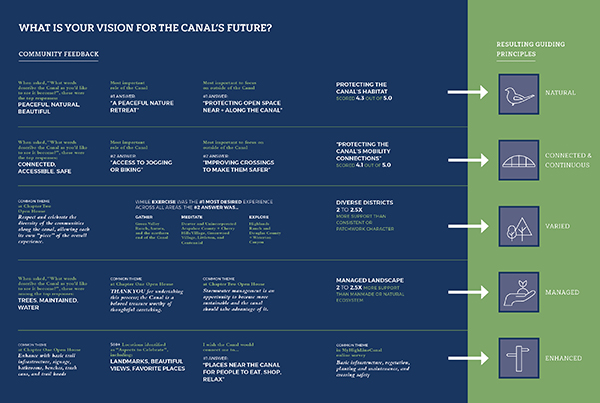
Together, feedback pointed to shared values for the Canal’s future. Reflecting a common passion and commitment, these values became the Vision’s five guiding principles
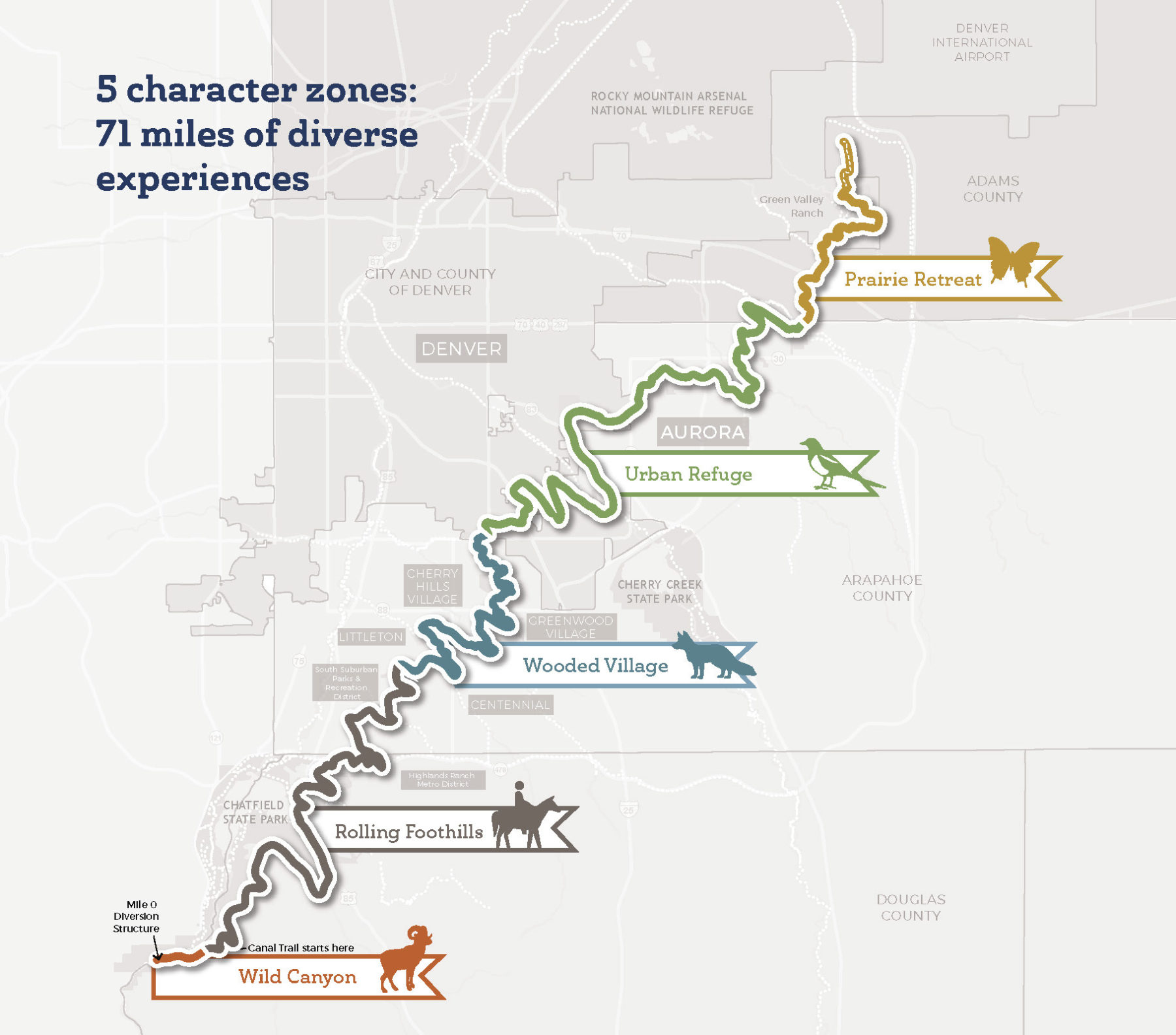
A key element of the Vision Plan was the formation of five “character zones” for the Canal—promoting new ways of celebrating the Canal’s diverse experiences
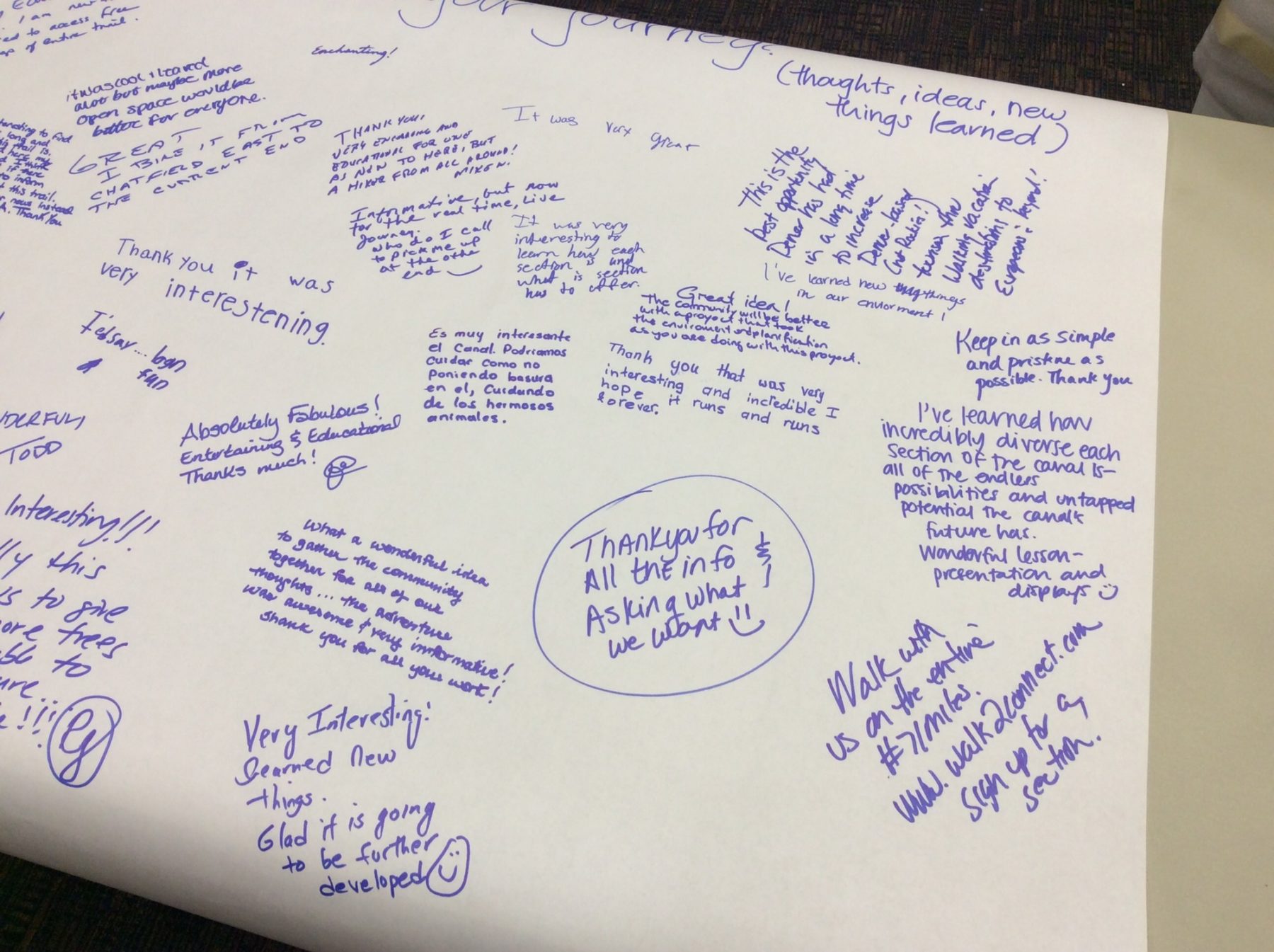
The process brought together diverse voices—young and old, in different languages—to develop a shared vision and succeeded in increasing awareness
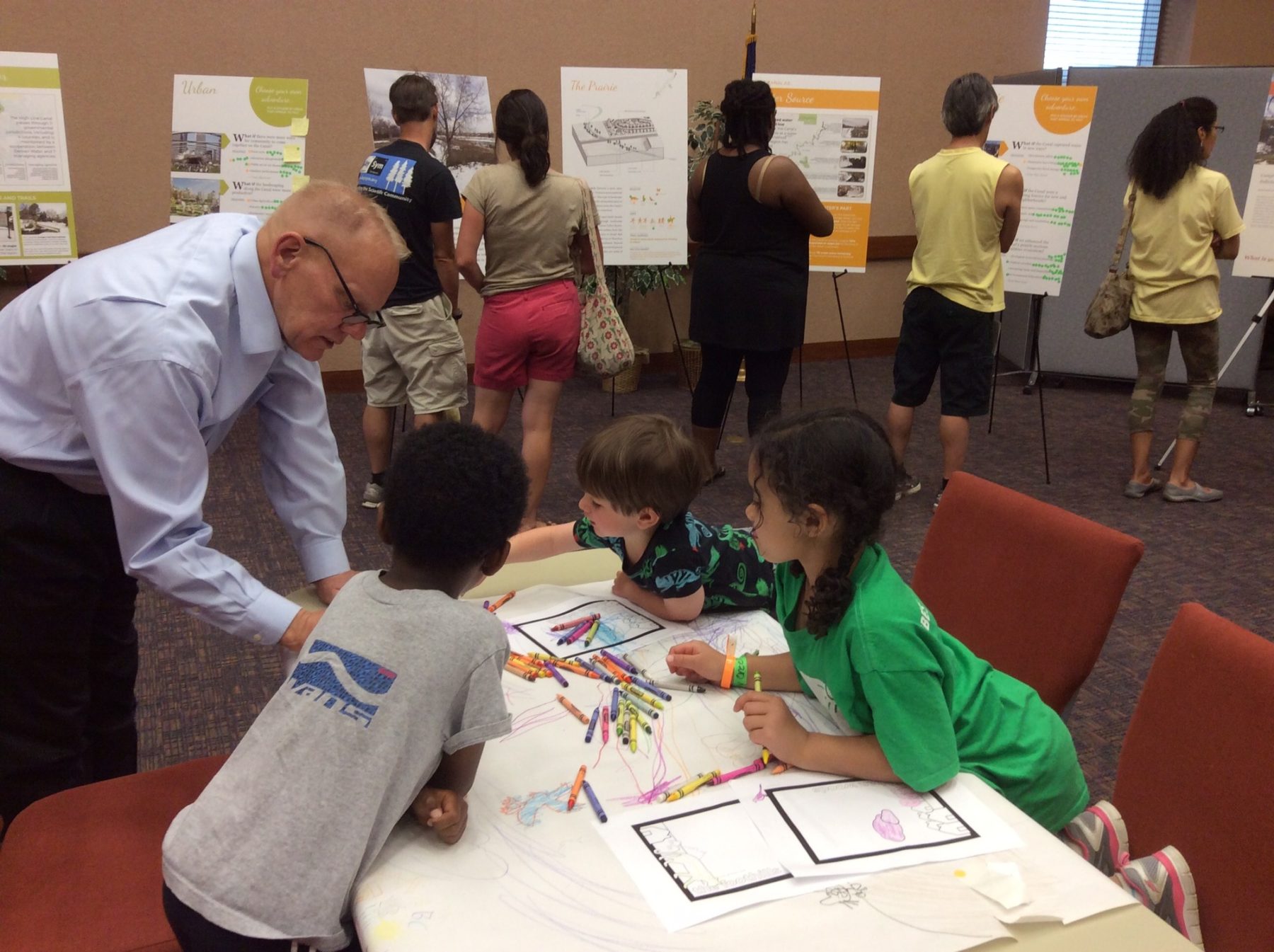
Chapter 1, the first open house, was organized as a journey. Meeting attendees “walked” 71 miles of the Canal as they moved around the room